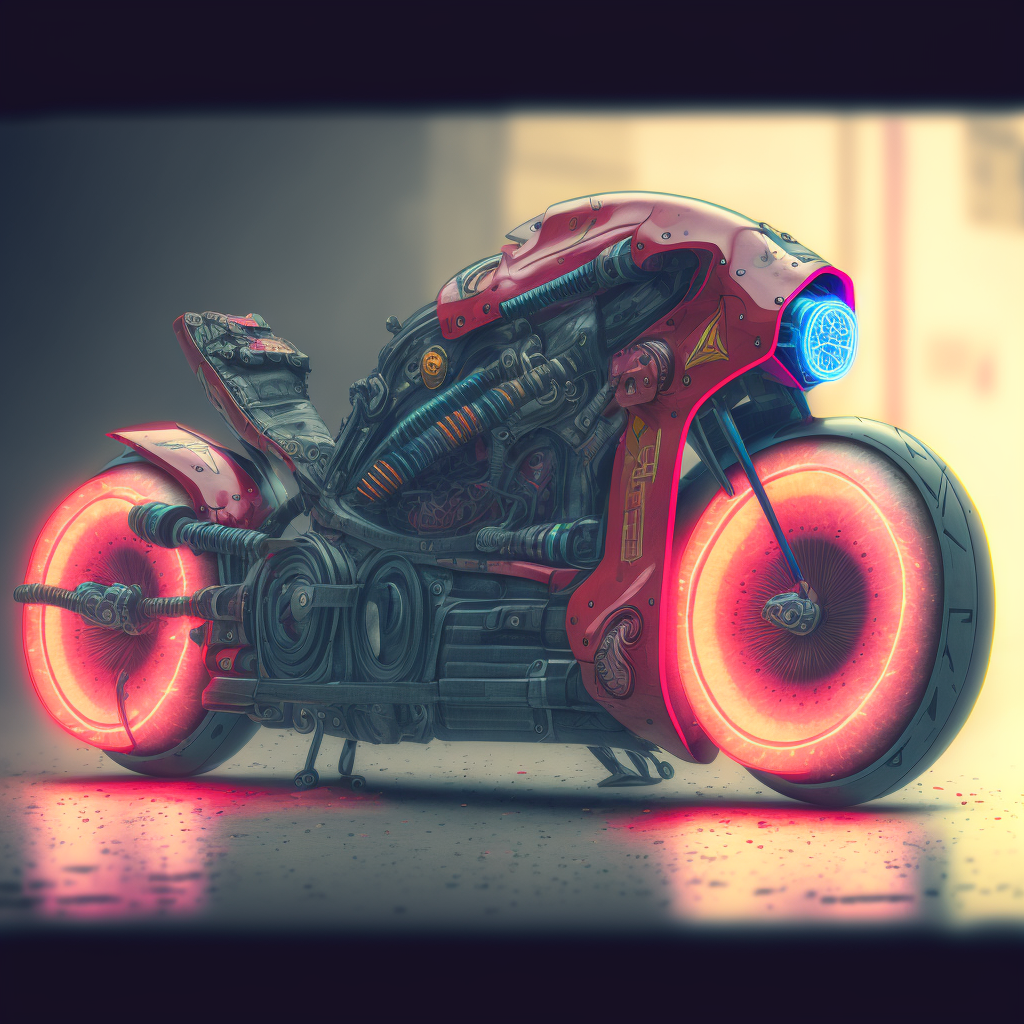Introduction
Are you new to the world of drift trikes and eager to learn the basics of this thrilling extreme sport? You're in the right place! In this comprehensive guide, we'll introduce you to the fundamentals of drift triking, from essential techniques to safety tips and gear recommendations. Get ready to master the art of drifting and embark on an adrenaline-fueled journey with your very own drift trike.
Understanding Drift Trikes
A drift trike is a three-wheeled vehicle designed for drifting, with a large front wheel and two smaller, low-traction rear wheels. Drift trikes can be gas-powered, electric, or even pedal-powered, and they come in various styles and sizes. The primary goal of drift triking is to control your vehicle while sliding sideways through corners, providing an exhilarating riding experience.
Basic Drifting Techniques for Beginners
To start your drift trike journey, it's essential to learn and practice the following basic drifting techniques:
a. Weight Transfer: Use your body weight to shift the trike's balance, helping initiate and control drifts. Lean into the turn and apply pressure to the inside footpeg to help maintain traction and control.
b. Countersteering: When your trike starts to drift, turn the handlebars in the opposite direction of the slide to maintain control and balance. This technique is known as countersteering and is essential for successful drift triking.
c. Braking: Master the use of both front and rear brakes to control your speed and initiate drifts. Proper braking can help you enter and exit drifts smoothly and safely.
Essential Safety Gear and Tips
Safety should always be a top priority when engaging in any extreme sport. Here are some essential safety gear and tips for drift triking beginners:
a. Helmet: Invest in a high-quality, certified helmet to protect your head from potential injuries.
b. Gloves, Knee and Elbow Pads: Wear gloves to improve grip and protect your hands, and use knee and elbow pads to shield your joints from impacts.
c. Closed-toe Shoes: Choose sturdy, closed-toe shoes with good grip to prevent slipping off the footpegs during a drift.
d. Protective Clothing: Wear long sleeves and pants to minimize abrasions in case of a fall.
e. Practice in a Safe Environment: Begin practicing in an open, traffic-free area with minimal obstacles to ensure safety while learning the basics.
Drift Trike Maintenance and Care
Proper maintenance is crucial for the longevity and performance of your drift trike. Regularly check and adjust your trike's tire pressure, chain tension, and brake function. Replace worn-out parts, such as rear wheels and brake pads, as needed to ensure optimal performance and safety.
Join the Drift Trike Community
As a beginner, connecting with other drift trike enthusiasts can provide invaluable advice, support, and camaraderie. Look for local drift trike clubs or online forums to share experiences, learn new techniques, and discover upcoming events or meetups.
Conclusion
Mastering the art of drifting on a drift trike takes time, practice, and dedication. Start by familiarizing yourself with the basic techniques, investing in essential safety gear, and maintaining your trike for optimal performance. As you progress, connect with fellow enthusiasts and continue to challenge

